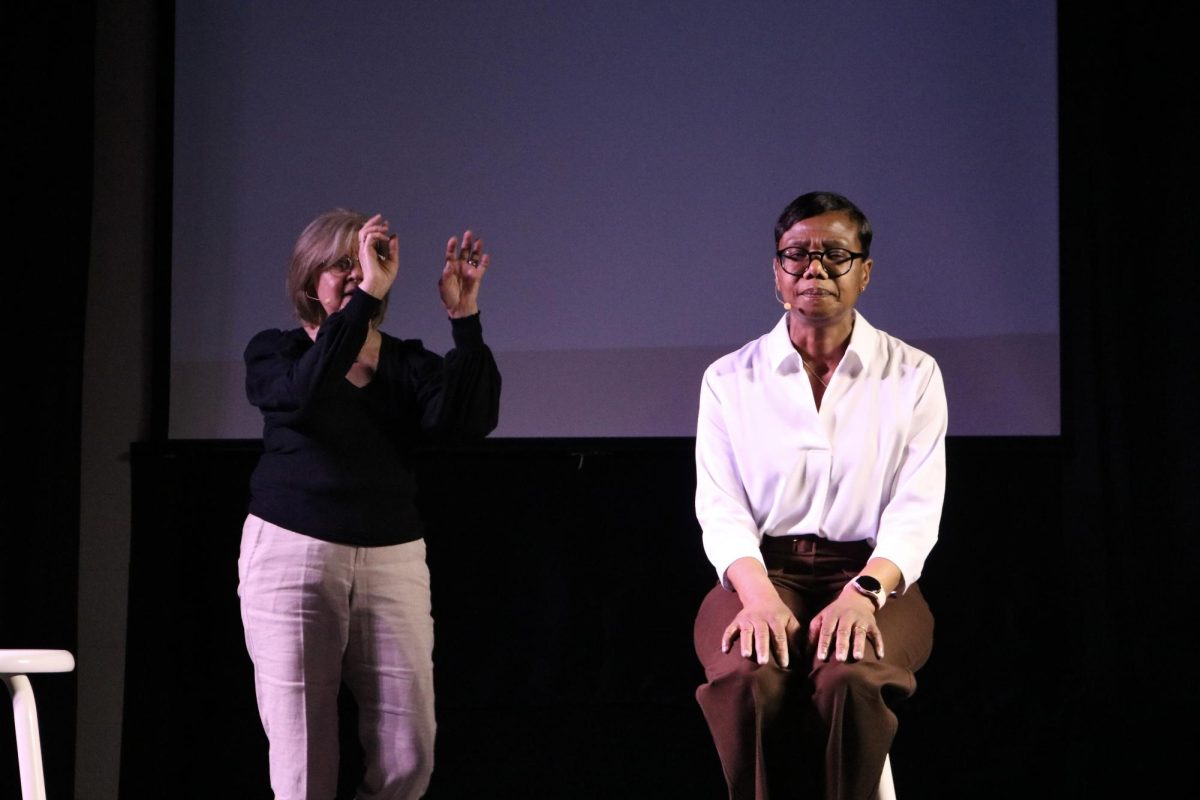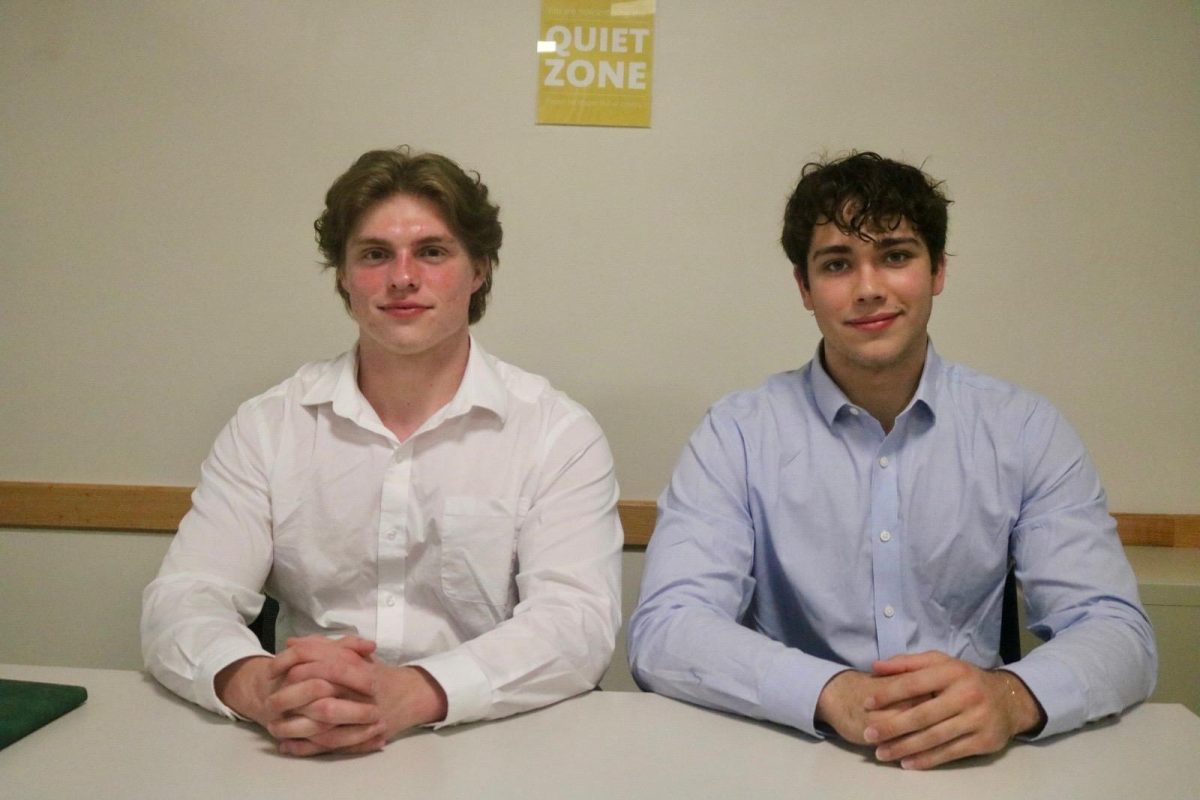By Geo Gomez
gomezgeo@grinnell.edu
Hannah Kapp-Klote ’13 presented information this Wednesday about the School of the Americas Vigil protests and how students can get involved through research.
The School of the Americas is a military institute that was founded by the United States of America in 1946 and moved to Fort Benning, Georgia in 1986. The institute trains Latin American military officials on a vast array of military and technical practices, but most notably teaches methods of interrogation, including torture and counter-insurgency tactics.
“These [tactics] enforce horrific conditions in Latin American countries,” Kapp-Klote said.
There has been a hotbed of controversy surrounding the school ever since graduates of the school were responsible for violent acts, most notably the murder of six Jesuit priests in November 1989. The Jesuit priests were killed in their homes along with one of their daughters and the housekeeper.
“Key Jesuit members were murdered, the Jesuit Social Activist wing of the Catholic Church rallied and decided to take a stand as one of the core constituencies of the movement,” said Michael Thompson, Sociology.
Thompson is doing research to find out what motivates the protestors at the Vigil. The movement is one of the longest lasting social movements in United States history, and even though the School is still open, activists diligently protest year after year.
“I’m seeking to explain the extent to which people get involved for instrumental, ideological or identity reasons,” Thompson said.
Through a sociological lens, activists get involved in social movements for these three key motivations. Instrumental-driven activists demand a change in the near future, ideological-driven activists agree with the ideology behind the protest (such as anti-war or anti-violence) and identity-driven activists protest to express solidarity with a group.
Recently, the movement has taken steps towards instrumental changes.
“[President] Barack Obama invited a delegation of people who are passionate about closing the School of the Americas. Politically speaking, this is incredible progress for the movement,” Kapp-Klote said.
The College is home to some activists who have protested for multiple years, including Chris Gaunt, a librarian at Burling. Gaunt prides herself on her activity with the Vigil and taking a stand against injustice.
“You’re carrying a lot of people’s wishes with you when you take part in the protest,” Gaunt said. “It’s a very communal and almost overwhelming feeling to protest with the group.”
Gaunt explained her motivation behind taking part in the protest. After the events of 9/11, she joined the movement. The vigil begins with civil disobedience, but some activists go a step further and cross the line into the federal property of the School.
“9/11 really pushed a button for me, seeing the military action our country took. I crossed the line [technically trespassing] in ’02 with 86 other people down in Georgia, and [all] of us were jailed with a $1,000 bond,” Gaunt said.
Gaunt explains that the experience changed her life and actually strengthened her determination to stay active in the protest. This is the kind of vitality behind the protest that Kapp-Klote and Thompson seek to research.
“It’s an extended effort that requires addressing logistical requirements. For instance, you need to pay for the campground that the protest takes place on, and that can cost up to $10,000,” Kapp-Klote said.
In her research for the SOA vigil, Kapp-Klote wants to have ten Grinnell students go on the trip to hand out surveys and collect information about the protestors’ background information and motivation.
Kapp-Klote implores Grinnellians to go on the trip not only to experience the empowering movement first hand, but to help her research into social movements. The students will also receive a stipend for their work.
For more information on the vigil and how to get involved, email Hannah Kapp-Klote at [kappklot].

















































